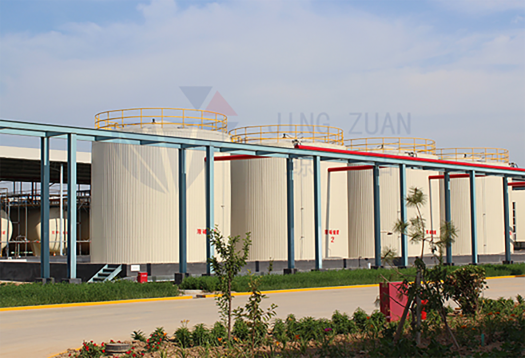
dec . 11, 2024 22:32 Back to list
methyl hydroxyethyl cellulose
Understanding Methyl Hydroxyethyl Cellulose (MHEC) Applications and Benefits
Methyl Hydroxyethyl Cellulose (MHEC) is a versatile water-soluble polymer that has gained prominence in various industries due to its unique properties and wide array of applications. As a cellulose derivative, MHEC is primarily produced from natural cellulose, which is modified through a series of chemical processes to enhance its functional characteristics. This article aims to delve into the features, applications, and advantages of MHEC, highlighting its significance in modern industry.
Chemical Structure and Properties
The molecular structure of MHEC consists of a cellulose backbone, which is further modified by the introduction of methyl and hydroxyethyl groups. This modification results in an increase in solubility in cold water, making MHEC an ideal thickening agent. One of the defining features of MHEC is its ability to form gels and films, which contributes to its effectiveness in various applications.
MHEC is characterized by its excellent binding, thickening, and stability properties. It is non-ionic in nature, which means it does not carry any electrical charge, rendering it compatible with a wide range of other materials, including surfactants, dyes, and more. This compatibility is vital for its use in formulations across multiple sectors.
Applications of MHEC
1. Construction Industry MHEC is widely used in the construction sector, particularly in tile adhesives, plaster, and cement-based mortars. Its water retention capability ensures that mixtures remain workable for an extended period, allowing sufficient time for application without setting too quickly. Additionally, MHEC improves adhesion and enhances the overall performance of construction materials.
2. Paints and Coatings In the paint industry, MHEC serves as a thickening and suspending agent. It helps control the viscosity of paint formulations, ensuring even consistency and preventing the settling of pigments. This aids in achieving a smooth application and improves the durability and aesthetics of the final product.
methyl hydroxyethyl cellulose

3. Personal Care Products MHEC is commonly found in various personal care and cosmetic products, including lotions, shampoos, and gels. Its ability to create smooth textures and enhance moisture retention makes it an invaluable ingredient in skincare formulations. Moreover, MHEC can help stabilize emulsions, which is crucial for maintaining the quality of cosmetic products.
4. Food Industry In food applications, MHEC is utilized as a thickener and stabilizer. It can improve the texture of sauces, dressings, and dairy products while aiding in moisture retention. The food-grade version of MHEC is safe for consumption and can enhance the sensory qualities of various food items.
5. Pharmaceutical Applications MHEC finds its place in the pharmaceutical industry as a binder and thickening agent in tablet formulations and liquid medicines. Its ability to control the release of active ingredients makes it beneficial for sustained-release dosage forms.
Advantages of MHEC
One of the primary advantages of MHEC is its excellent water retention capabilities. This feature is particularly beneficial in construction materials, where prolonged workability is essential. Furthermore, MHEC offers a non-toxic and environmentally friendly alternative to synthetic polymers, catering to growing consumer demands for sustainable products.
Another significant benefit is its compatibility with a variety of substances, which allows formulators to create multi-functional products that meet specific performance criteria. As industries continue to innovate, the demand for versatile ingredients like MHEC is expected to grow.
Conclusion
Methyl Hydroxyethyl Cellulose is a multifaceted polymer that plays a critical role in several industries, from construction to personal care. Its unique properties, such as water retention, thickening ability, and compatibility, make it an essential ingredient in many formulations. As the push for sustainable and effective products continues, MHEC stands out as a valuable resource for manufacturers, helping them to meet the evolving demands of consumers and industry standards. With ongoing research and development, the potential applications of MHEC are likely to expand, further solidifying its place in the market.
-
The Ultimate Guide to Mortar Bonding Agent
NewsAug.06,2025
-
Redispersible Powder: The Ultimate Solution for Modern Construction Needs
NewsAug.06,2025
-
HPMC: Unlocking Versatility in Industrial Applications
NewsAug.06,2025
-
HPMC: Revolutionizing the Industry with Superior Formulations
NewsAug.06,2025
-
Discover the Power of Redispersible Polymer Powder
NewsAug.06,2025
-
All You Need to Know About Mortar RDP
NewsAug.06,2025







